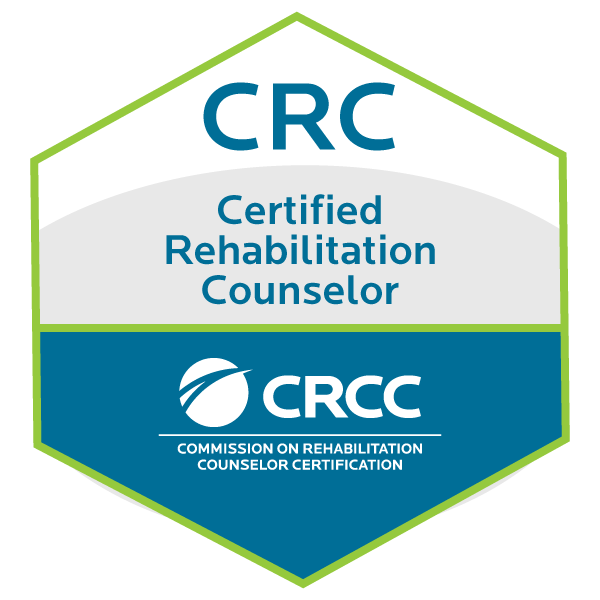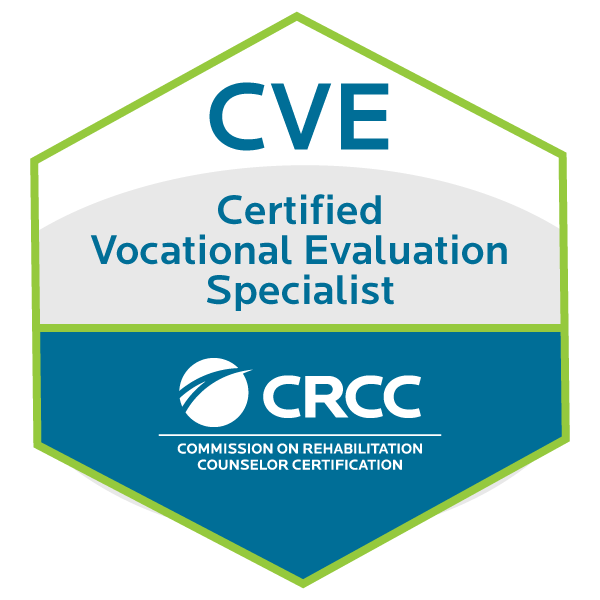Resume Development for Injured Workers
R. Brad Coffey, M.Ed., M.B.A.
First version published in IARP Case Management
Newsletter
The role of resume development in the vocational case management process:
Whether providing return-to-work services with insureds or providing external job placement, vocational case managers are challenged with readying injured workers for appropriate re-employment. This can be a difficult project. Re-employment barriers exist from the perspective of the worker as well as from the perspective of the employer: The worker often focuses on pain and limitations. He or she may have had loss of employability at their usual occupation, and they may have an employment gap requiring job search for new types of work. The employer often has difficulty seeing past the worker’s limitations and seeing past their own history with "tough cases." Resume development can help overcome these barriers by:
- Directing workers away from pain and disability, towards knowledge, abilities and occupational goals.
- "Re-packaging" workers to employers in terms of positive personal characteristics, skills and past contributions.
A sequential outline of the vocational case management process, highlighting resume development, includes:
- Obtaining worker’s work history, education, abilities and barriers through an initial diagnostic interview.
- Determining worker’s residual capacities (functional limitations and restrictions).
- Identifying transferable skills.
- Meeting with the worker to establish job objective(s) and to outline the resume.
- Composing action verb statements under major skill headings.
- Presenting the insured with the worker’s resume and medical restrictions.
- If internal placement is ultimately not feasible with the insured, the plan moves toward external job placement.
- Exploring classes that the worker could take to fully prepare for job search in the labor market—adding any coursework in progress to the resume.
- Providing full job seeking skills education, emphasizing networking, written applications, and interview skills (the worker should memorize the resume so that elements can be discussed easily in interview).
- Developing a weekly plan for the worker to follow (example: Submitting 5 applications per week, within TWC county guidelines and, documenting all results in a job log).
- Providing appropriately screened job leads in order to introduce the worker to prospective employers.
- Faxing the resume to certain employers as part of selectively arranging interviews for the worker.
- Since the primary purpose of the resume is to obtain job interviews, ascertaining if the worker’s interview rate is commensurate with their application rate, and remediate deficiencies.
- Upon suitable job placement, following up with the worker, during their probationary period, in order to solve transitional problems.
- Close case.
Elements of Resume Development:
Vocational case managers assist job seekers in writing functional resumes. Although there are many published and web-based aides, the guides at www.damngood.com specialize in interesting and persuasive skills-based resumes. The functional resume format contrasts with the chronological resume in that the functional format emphasizes knowledge, skills and abilities, the person brings to job interviews. The "Damn Good" approach provides solutions to typical problems faced by injured workers such as long employment gaps, the necessity to change careers, and remote education.
Steps to initiating or upgrading the resume:
Uncover skills, abilities, and special talents--workers are directed to question themselves about qualities they have, problems they’ve solved or services they have rendered that can be translated into job goals.
Learn the requirements of target jobs—the worker talks to people working in the job objective(s) to learn what qualifications, experiences and requirements are needed.
List relevant knowledge, skills and abilities—using the results from uncovering (above), the worker identifies skills and abilities most related to the job objective(s).
Write one-liners to demonstrate skills—the worker creates one-line, bulleted action statements that tell how they have applied their knowledge, skills and abilities in the past.
List work history, education & training—each job title is listed with beginning year, ending year, and company name.
Summarize key points—4 to 6 lines of key points are created near the top of the résumé to show that the worker is qualified and is a desirable candidate for the job objective.


Uncover skills, abilities, and special talents …




